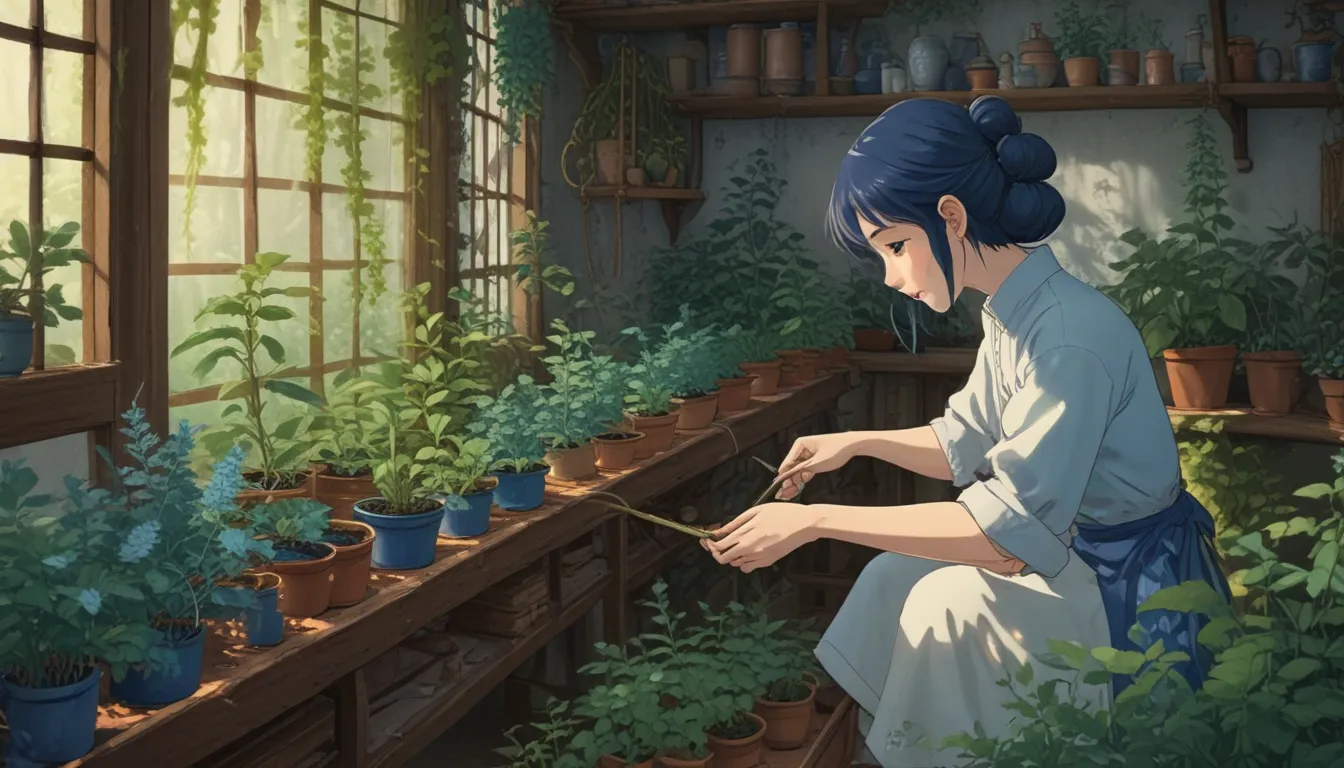A Comprehensive Guide to Propagating Indigo Plants from Seed

Are you someone who is passionate about self-sufficiency and looking to dive into the world of growing plants from seed? If so, propogating indigo plants from seed might just be the perfect project for you.
Indigo plants not only add to the beauty of your landscape but also have the unique ability to yield indigo dye, a substance that has been used to color fabrics blue for thousands of years. This historical significance makes growing indigo plants a truly rewarding experience.
Whether you are interested in enhancing your gardening skills or simply want to explore the world of plant propagation, learning how to propagate indigo plants from seed is a valuable skill to have. Plus, with the genetic variability present in indigo plants, you might even end up with a new and unique variety of your own!
In this detailed guide, we will cover everything you need to know about propagating indigo plants from seed, so let’s get started!
What You’ll Learn
- Seed Acquisition
- Sowing
- Care
- Transplanting
Seed Acquisition
The first step in propagating indigo plants from seed is acquiring the seeds. You have two options for obtaining seeds – purchasing them from online vendors or collecting them from your own plants (or with permission from the plant owner).
If you choose to gather seeds from your own indigo plant, wait until the seed pods are brown and dry. Once they are ripe, harvest the pods and spread them out on a drying screen indoors. After two weeks, crack open the pods to reveal the dry and ready-to-sow seeds.
Sowing
Before sowing the seeds, there are a few important steps to follow for successful germination.
- If desired, soak the seeds in warm water for 12 hours. This not only helps with germination but also acts as a viability test. Viable seeds will sink to the bottom of the container, while non-viable ones will float to the surface.
- Alternatively, you can nick the seed coat to aid water absorption. Make a small, shallow cut opposite the seed’s eye with a sharp blade.
- Use individual containers filled with a mix of sphagnum peat moss and perlite for each seed. Sow the seeds just below the surface and keep the soil moist.
- Place the containers in a sunny location with a consistent soil temperature of 70 to 80°F.
For maintaining the optimal soil temperature, consider using a seedling heat mat to promote germination.
Care
After sowing, it’s essential to keep the soil moist until germination occurs, typically within 15 to 30 days. Once the seedlings emerge, remove the heat mat and continue to water as needed.
It’s important to repot the seedlings as they grow to prevent crowding in the containers. Giving the pots a quarter turn daily can help ensure even growth.
Hardening off the seedlings is a crucial step before transplanting them outside. Gradually expose the plants to outdoor conditions to acclimate them to the environment.
Transplanting
When the seedlings are ready for transplanting, prepare a suitable garden bed with well-draining soil and space the plants accordingly.
- Dig a hole for each transplant, making sure it is large enough to accommodate the roots.
- Gently remove the plants from their containers and lower them into the holes, taking care to handle the roots delicately.
- Backfill with soil, water deeply, and keep the root zones moist until the plants are established.
Consider using biodegradable containers for transplanting, as they can be planted directly into the ground without disturbing the roots.
Sow Some Seeds: You’re Sure to Succeed!
Propagating indigo plants from seed may seem like a daunting task at first, but with practice and patience, you can master this skill. The sense of accomplishment that comes from growing your own plants from seed is truly rewarding.
If you have any questions or want to learn more about the propagation process, feel free to drop a comment below, and we’ll be happy to assist you.
For additional information on growing legumes, check out these helpful guides:
- How to Grow and Care for Indigo Plants
- How to Grow Hyacinth Bean Vines
- How to Grow Texas Mountain Laurel
By following these steps and tips, you can successfully propagate indigo plants from seed and enjoy the beauty and benefits they provide. Happy gardening!
*





